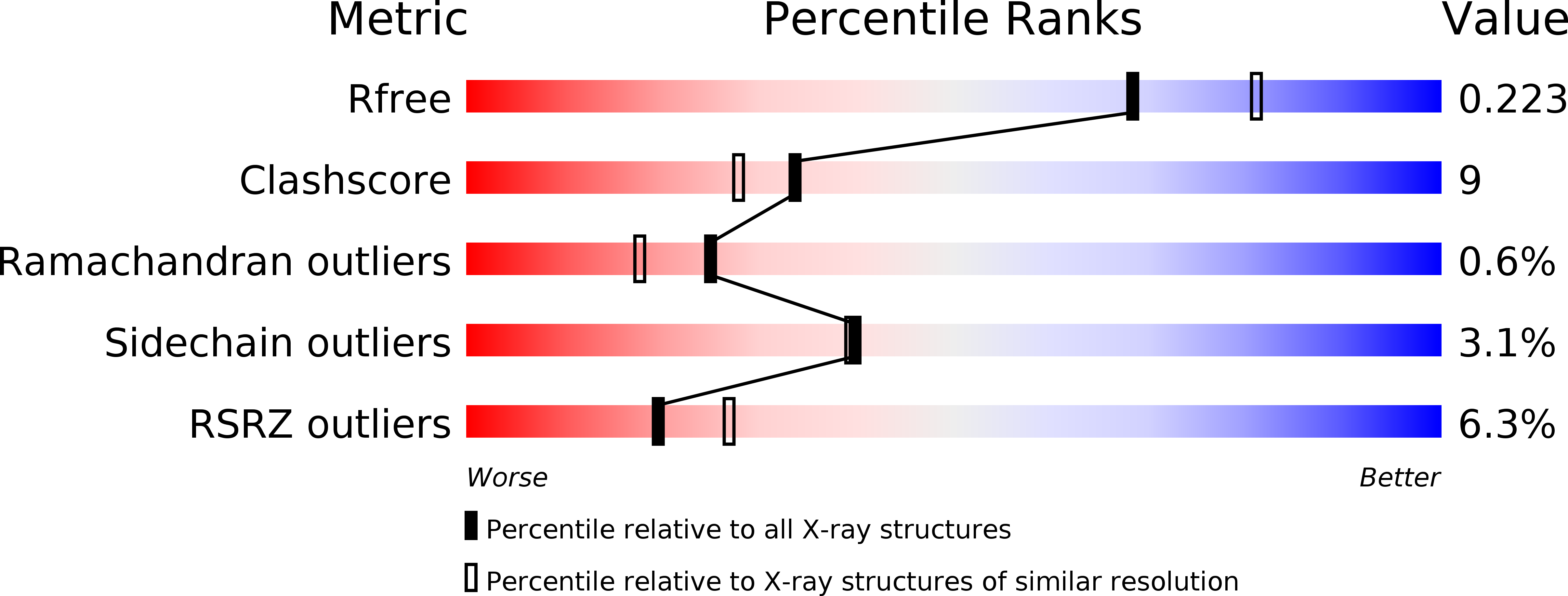
Deposition Date
2014-01-29
Release Date
2014-11-26
Last Version Date
2024-11-20
Entry Detail
PDB ID:
4ONT
Keywords:
Title:
Ternary host recognition complex of complement factor H, C3d, and sialic acid
Biological Source:
Source Organism:
Homo sapiens (Taxon ID: 9606)
Host Organism:
Method Details:
Experimental Method:
Resolution:
2.15 Å
R-Value Free:
0.22
R-Value Work:
0.17
R-Value Observed:
0.17
Space Group:
P 1


